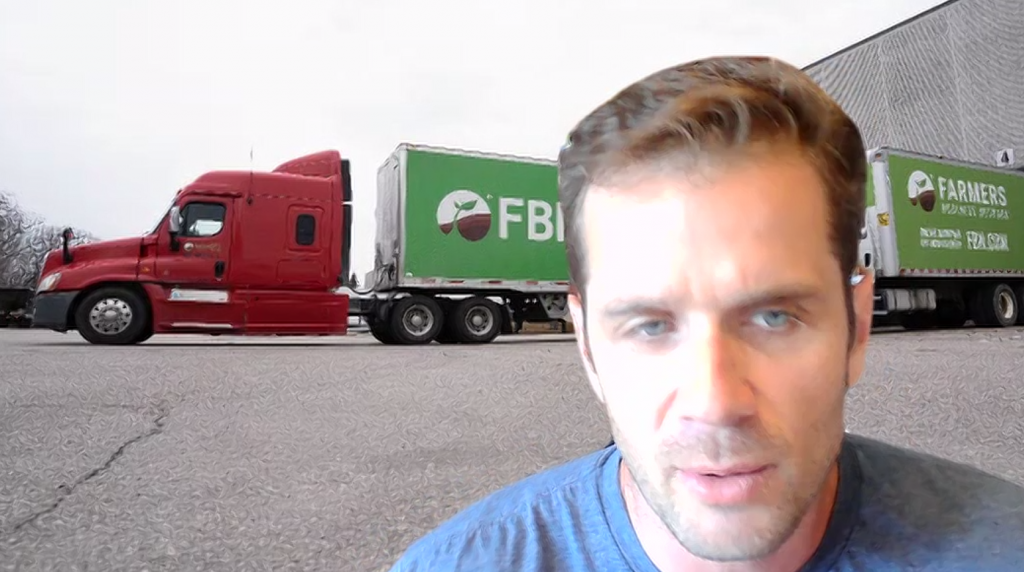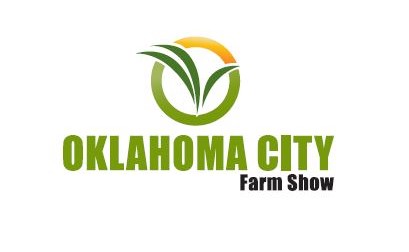
Farm Director KC Sheperd caught up with Charles Baron, a Co-Founder of the Farmer’s Business Network (FBN), to talk about the business and what it does. The Farmer’s Business Network is composed of more than 85,000 farms in the United States and Canada.

The purpose of the network is to help farmers buy inputs smarter to lower their cost of production. It also helps them market their grain, capture sustainability premiums, obtain financing, and use analytics and data to make independent, unbiased decisions.
“Essentially, we connect those farmers and give them more power in the market,” Baron said.
To further empower farmers, the FBN created the Ag Chemical Price Transparency Report after farmers were consistently asking how to know if they were getting a fair price when buying farm chemicals.
“So many times, the prices are hidden from farmers when they go to in to talk to a retailer. The prices aren’t posted online, and everything is negotiated. They had no way of comparing to see if they were getting a good price or not,” Baron remarked. “So we created a system where farmers could share invoices anonymously and confidentially, and then we would aggregate that price intelligence and they could figure out if they were getting a fair price or not. We tabulated that data nationally and have found some really remarkable things about the chemical market, and that is what the report highlights.”

One of the things the report exposed was the extreme ranges of prices that farmers were paying for chemicals. There was a 468% price difference in what they were paying for things like AMS, and with more popular products, like 2,4-D, there was a 197% difference in prices. Even from one retailer, prices vary as much as 40% for the same product. In a single state, you can see more than a 1.5 times difference in prices for a single product within that state.
“That is because farmers are unaware of what competitive offers are out there from other retailers,” Baron explained. “So that lack of transparency is what causes farmers to overpay for chemicals around the market. We try to simplify that and make it as easy and accessible as possible to all farmers around the country.”
Baron explained that branded and generic products also account for some of the price differences, which varied as much as 35% nationally. “That is quite substantial savings if farmers haven’t started using or looking at generic products, but even within any branded product, even with a big one like Roundup PowerMAX, we’d see nearly a 72% average price difference around the country that farmers are paying.”
To participate and make use of the Ag Chemical Price Transparency Report, farmers simply share their invoices at FBN.com, where they can see the price trends nationally and also product by product. It is all free for all members to use.
FBN also has its own national price transparency system for buying chemicals, so anyone can get on the website, see the fair market price from FBN, and it will be the price delivered to their farm. Baron added, “We do that for hundreds of crop production products that we ship direct to the farm all over the country.”
Baron added, “There is potentially a whole lot of money being left on the table when farmers are buying chemical. So, we definitely recommend that they sharpen their pencils, do their homework, and buy as smart as they can.”

















